Saudi Arabia’s Two Holy Mosques maintain their historic dominance, while Pakistan, Central Asia, and Southeast Asia showcase groundbreaking architectural feats.
These spaces now accommodate millions during peak events through multi-level designs, smart crowd management systems, and climate-controlled environments.
1. Masjid al-Haram (Grand Mosque)
- City: Mecca, Saudi Arabia
- Capacity: Over 4,000,000
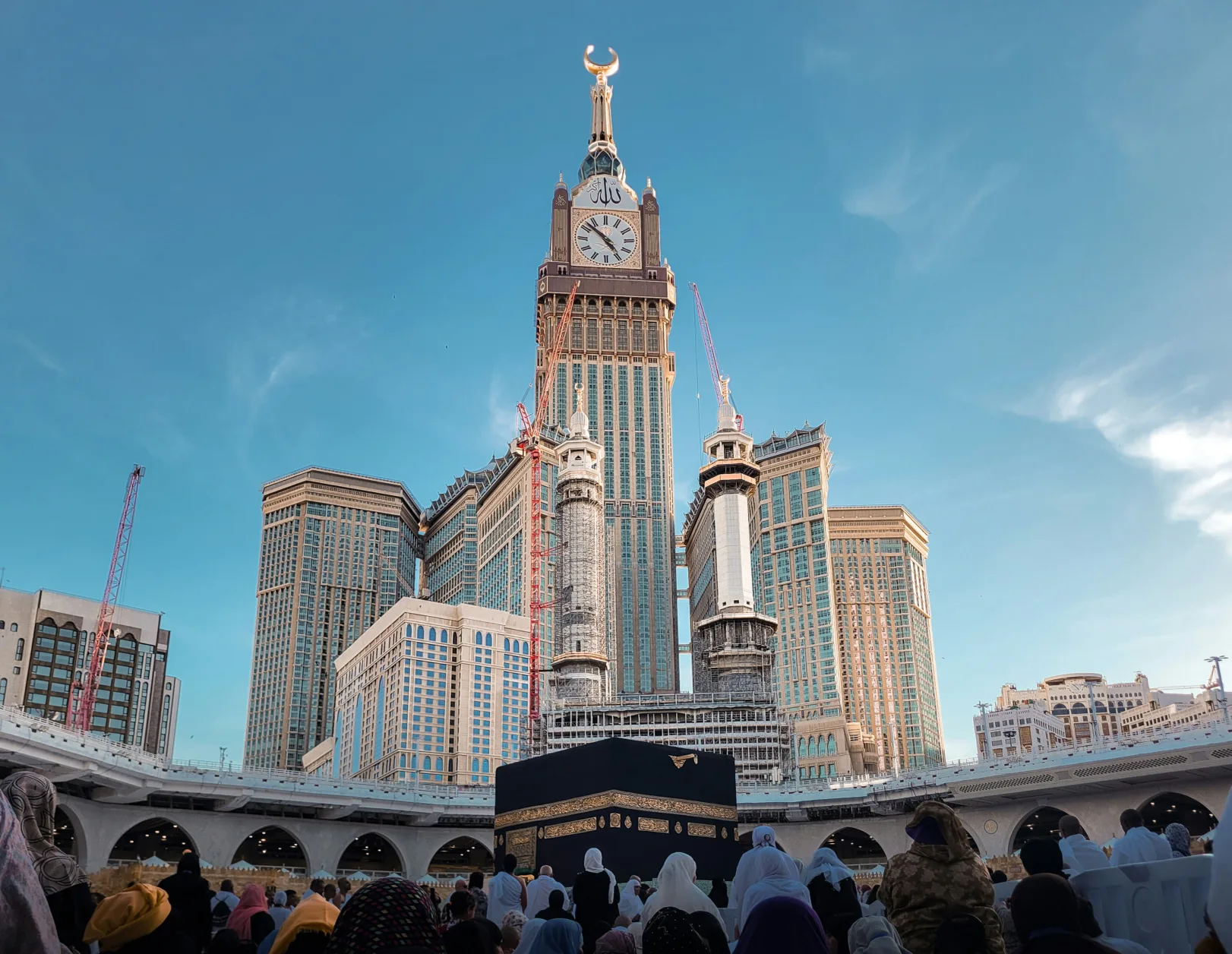
Islam’s holiest site continues to break records after its latest expansion completed in 2025. The complex now spans 1.5 million square meters with 12 floors of prayer areas connected by escalators and skywalks.
Revolutionary features include solar-powered air conditioning beneath marble floors, 1,500 retractable umbrellas shielding outdoor courtyards, and AI-driven crowd control during peak hours.
The mataf (circumambulating area) around the Kaaba handles 130,000 pilgrims hourly through a multi-tiered circulation system.
2. Masjid an-Nabawi (Prophet’s Mosque)
- City: Medina, Saudi Arabia
- Capacity: 1,500,000
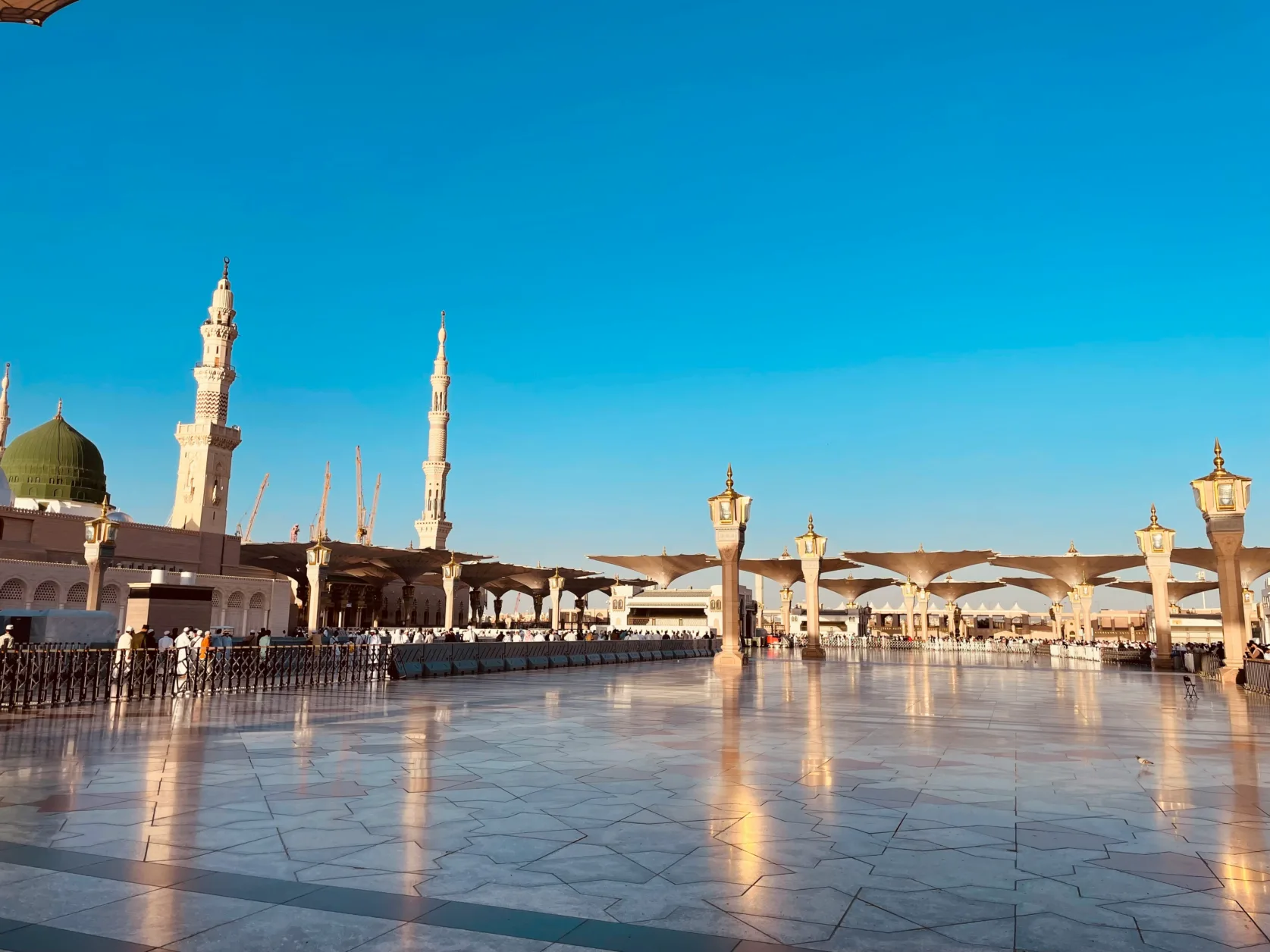
History merges with cutting-edge engineering at Islam’s second-holiest site. The “Green Dome” marking Prophet Muhammad’s (PBUH) tomb now sits within a 1.3 km² complex featuring 250 sliding domes that open automatically at dawn.
Underground extensions include a three-level parking garage for 12,000 vehicles and direct metro access. The signature courtyard umbrellas—each spanning 1,500 m²—contain photovoltaic cells generating 30% of the mosque’s energy.
3. Grand Jamia Mosque
- City: Karachi, Pakistan
- Capacity: 800,000

Pakistan’s architectural marvel blends Ottoman grandeur with Mughal artistry across a 70-acre riverside complex. Its 105-foot central dome—adorned with 8 million handmade mosaic tiles—floats above a prayer hall illuminated by 86 chandeliers containing 600,000 crystals.
Below ground, a massive basement prayer area spans 45,000 m² with vibration-absorbing foundations designed for earthquake safety.
4. Al-Aqsa Mosque Compound
- City: Jerusalem, Palestine
- Capacity: 400,000 (entire compound)
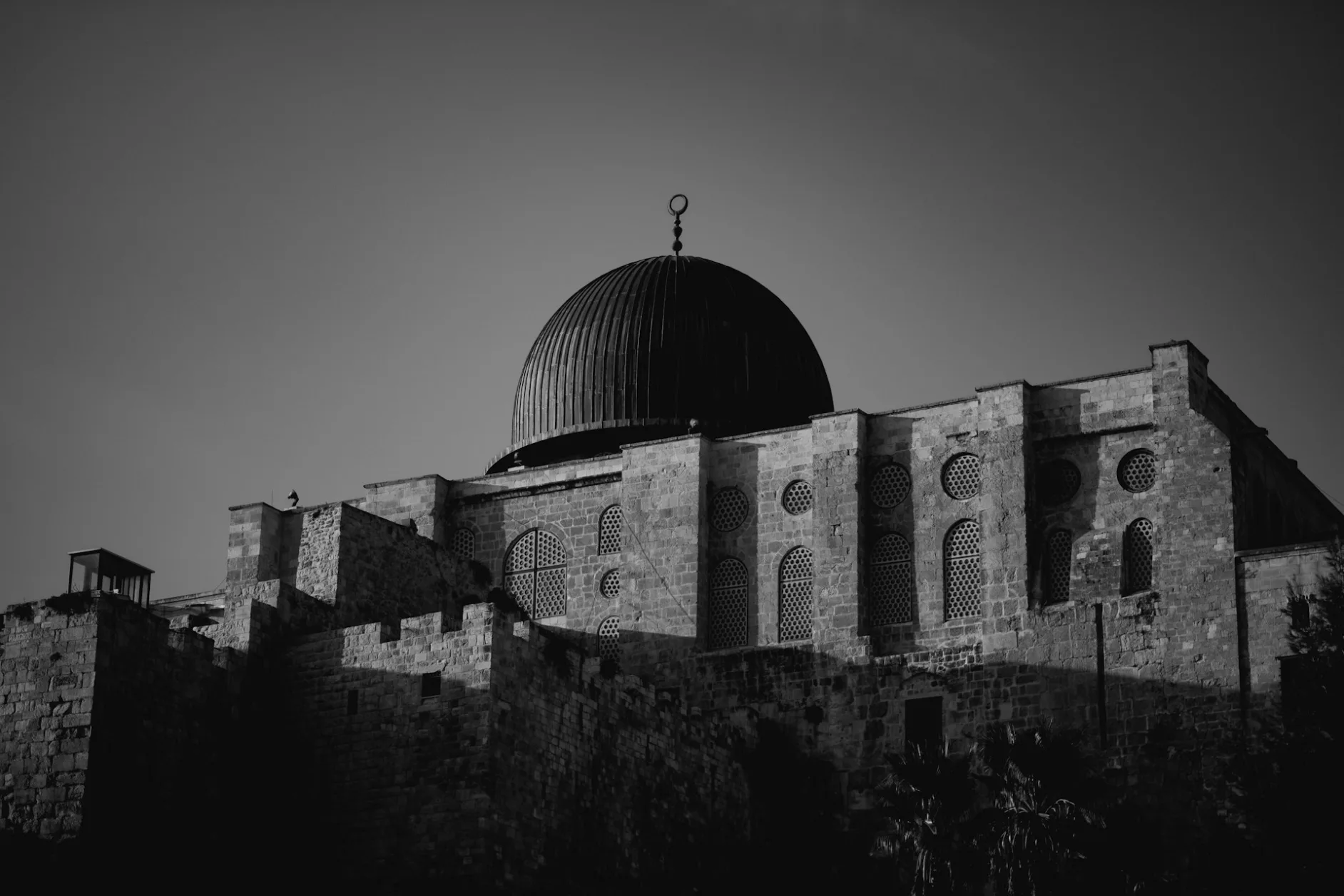
Islam’s third-holiest site—encompasses the Dome of the Rock’s golden shrine and the silver-domed Qibli Mosque.
Despite Israeli access restrictions, the compound accommodates massive Friday congregations through extended prayer zones along the Marwani Prayer Hall and Solomon’s Stables.
The iconic Dome of the Rock features seventh-century Kufic inscriptions beneath its 20 kg gold exterior, while underground tunnels connect to 37 water cisterns dating to Crusader times.
Recent upgrades include shock-absorbent foundations to protect against settlement damage from nearby excavation work.
5. Faisal Mosque
- City: Islamabad, Pakistan
- Capacity: 300,000
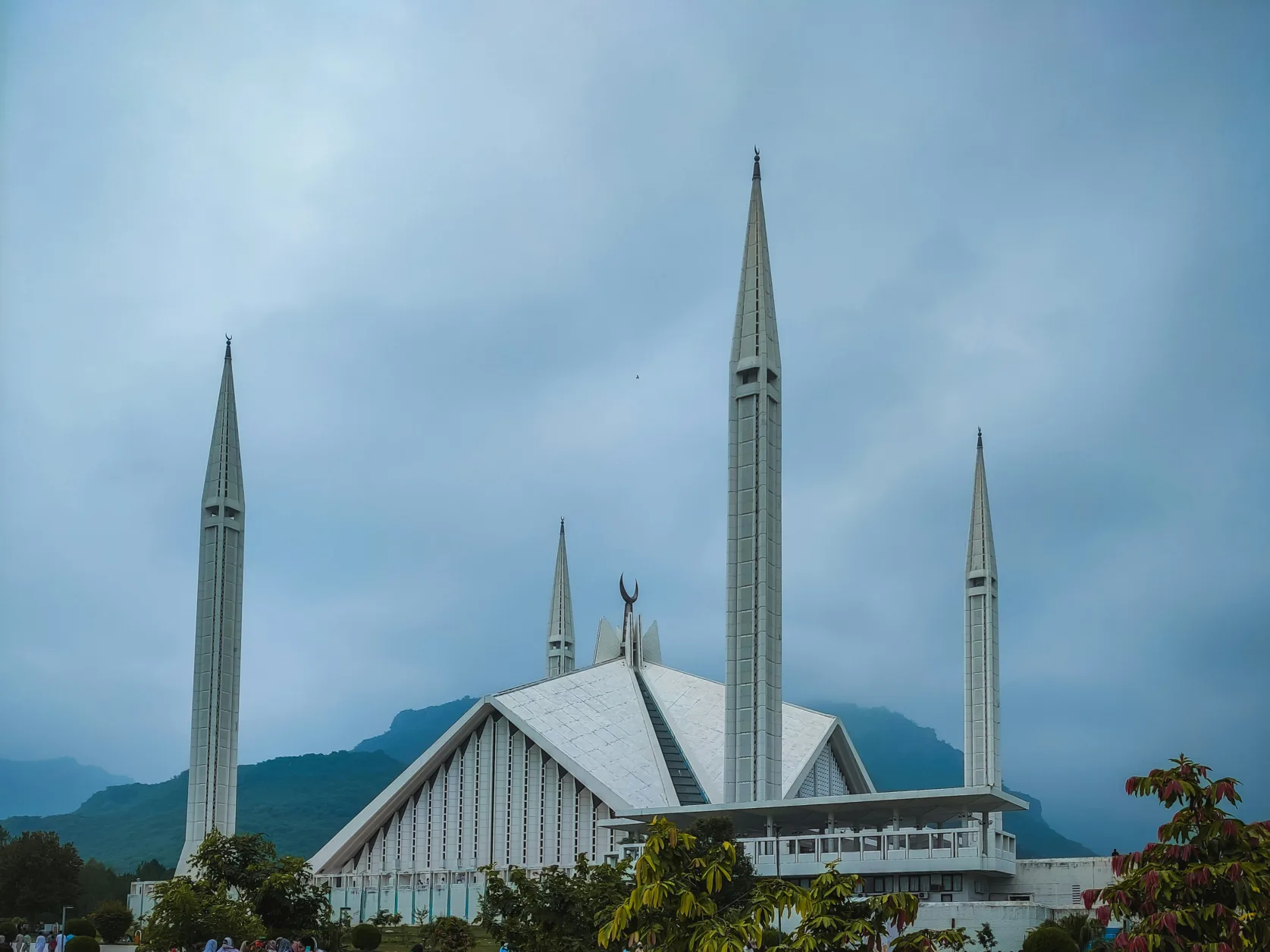
Saudi-funded and Turkish-designed, this modernist masterpiece resembles a desert Bedouin’s tent with its angular white geometry.
The 54,000 ft² main prayer hall achieves column-free spans through four tensioned concrete “sails” supporting the roof. Acoustics engineered for clarity carry the imam’s voice across 1.5 km without amplification.
6. Grand Mosque of Astana
- City: Astana, Kazakhstan
- Capacity: 230,000
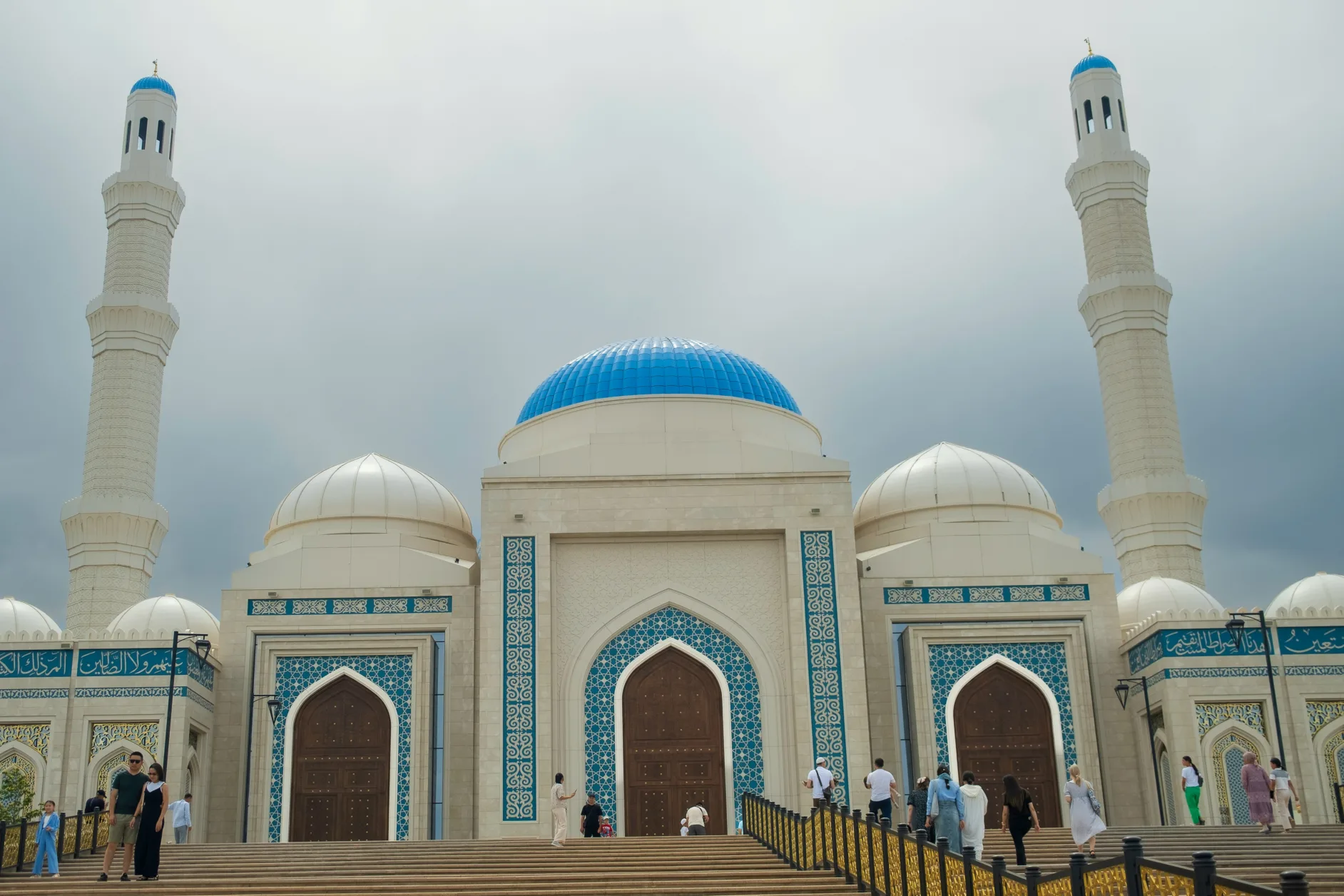
Central Asia’s largest mosque opened in 2022 as a symbol of Kazakhstan’s Islamic renaissance.
Its 433-foot blue-and-gold dome—visible from 15 km away—contains geometric patterns mirroring traditional Shanyrak symbols. The prayer hall’s Kazakh wool carpets span 7,000 m² and took 300 artisans two years to weave.
Beneath eight minarets representing the nation’s regions, the complex includes an Islamic university with 200 lecture halls.
7. Istiqlal Mosque
- City: Jakarta, Indonesia
- Capacity: 200,000
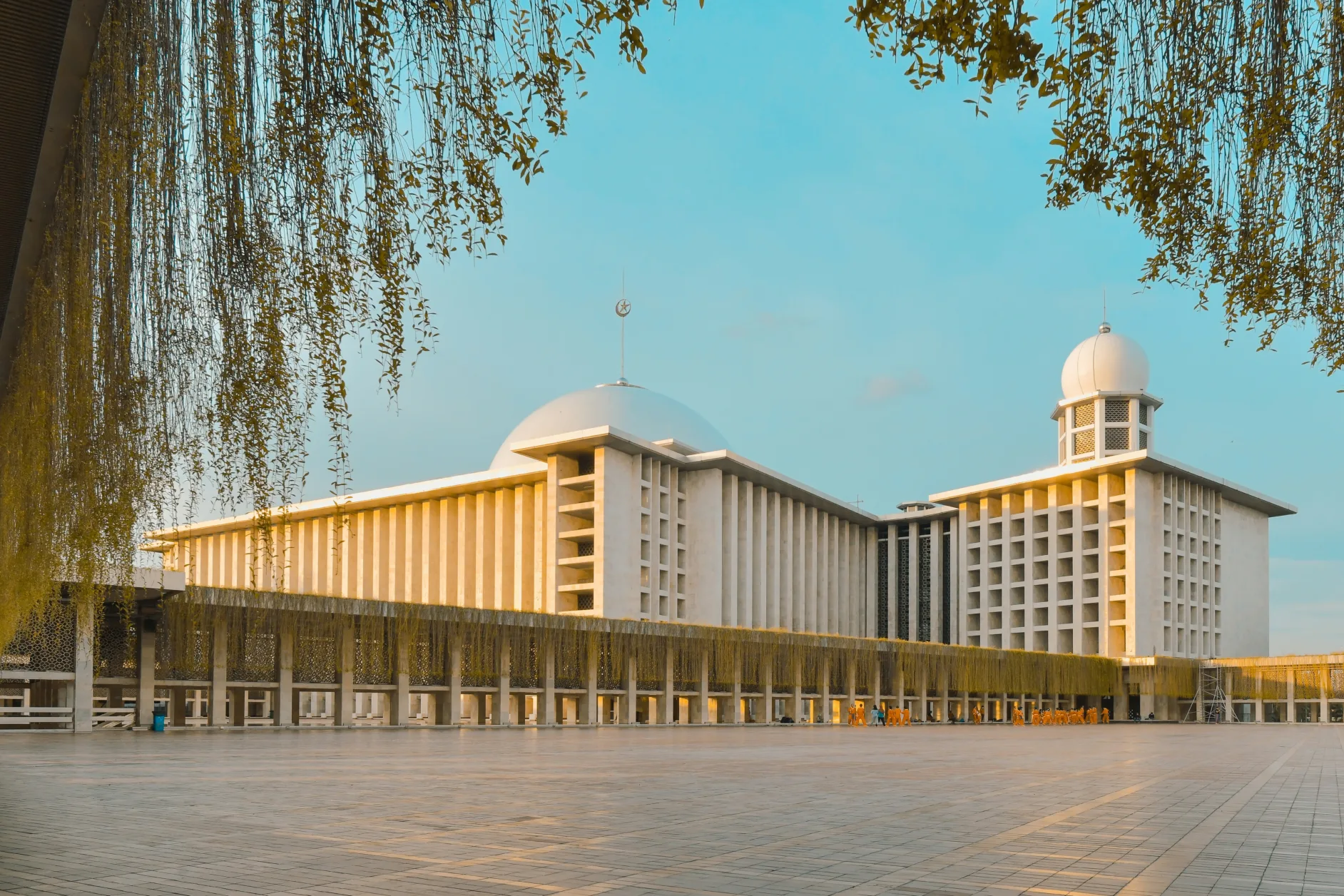
Southeast Asia’s largest mosque commemorates Indonesian independence with nationalist symbolism.
Its 147-foot dome represents the year of independence (1945), while the 6,666 m² main hall nods to the Quran’s verse count.
A 10-tonne drum—the world’s largest bedug—announces prayers across the 10-hectare complex.
8. Taj-ul-Masajid
- City: Bhopal, India
- Capacity: 175,000

This “Crown of Mosques” showcases Mughal revival architecture with its pink sandstone façade and 400-foot minarets modeled after Delhi’s Jama Masjid.
Construction delays spanning a century resulted in a blend of 19th-century hand-carved arches and 1980s reinforced concrete domes. The courtyard—large enough for 175,000 worshippers—features a reflective pool amplifying the call to prayer acoustically.
The attached Dar-ul-Uloom Islamic university teaches 5,000 students, while underground archives preserve 30,000 Mughal-era documents including farmans (decrees) from Emperor Shah Jahan.
9. Jamkaran Mosque
- City: Qom, Iran
- Capacity: 150,000
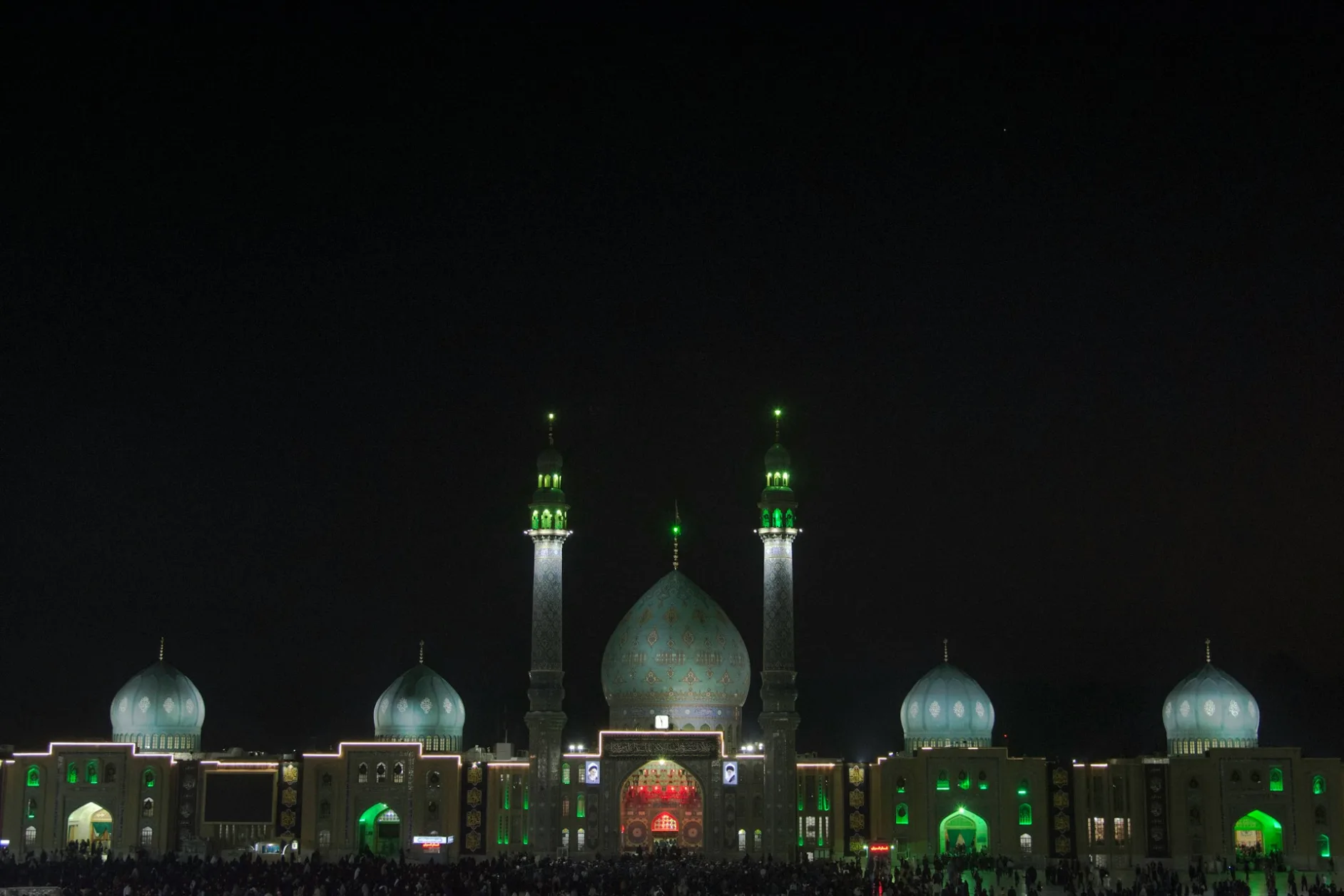
This site attracts millions annually who believe the Twelfth Imam once appeared here. Tuesday nights see 500,000+ pilgrims circling the sacred Jamkaran Well where devotees drop prayer petitions.
The mosque’s signature blue-tiled dome contains cobalt from Kashan mines, while 1,200 stained-glass windows cast kaleidoscopic light patterns.
Recent expansions added subterranean prayer tunnels extending 300m beneath adjacent hills, with air filtration systems protecting against Qom’s dust storms. The complex operates 24/7 with rotating shifts of 800 volunteer stewards.
10. Putra Mosque
- City: Putrajaya, Malaysia
- Capacity: 150,000
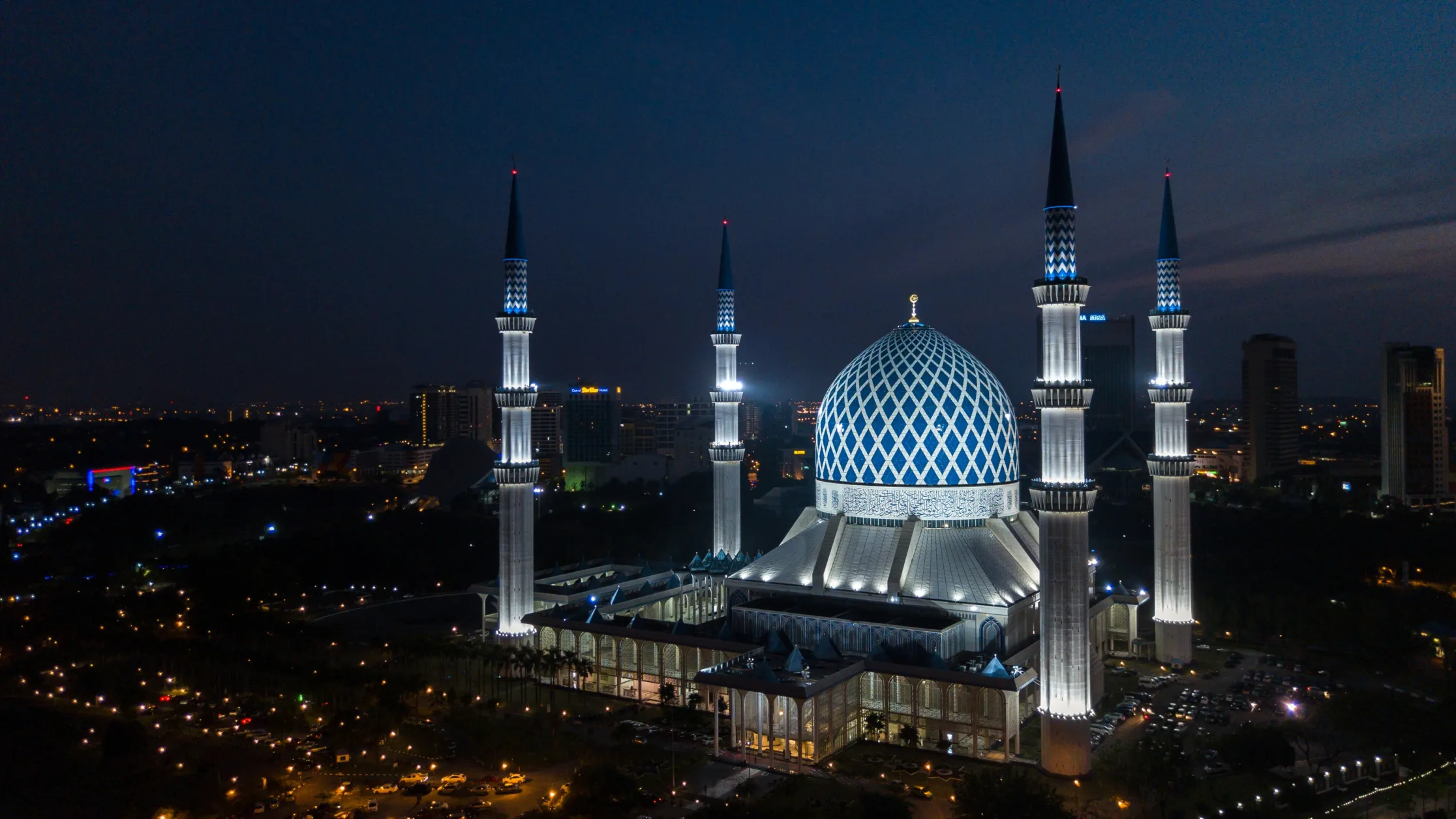
Malaysia’s rose-granite architectural wonder appears to float on Putrajaya Lake via a submerged concrete platform.
Its 377-foot minaret doubles as a lighthouse guiding boats, while the main dome’s design blends Malay royal motifs with Persian muqarnas.

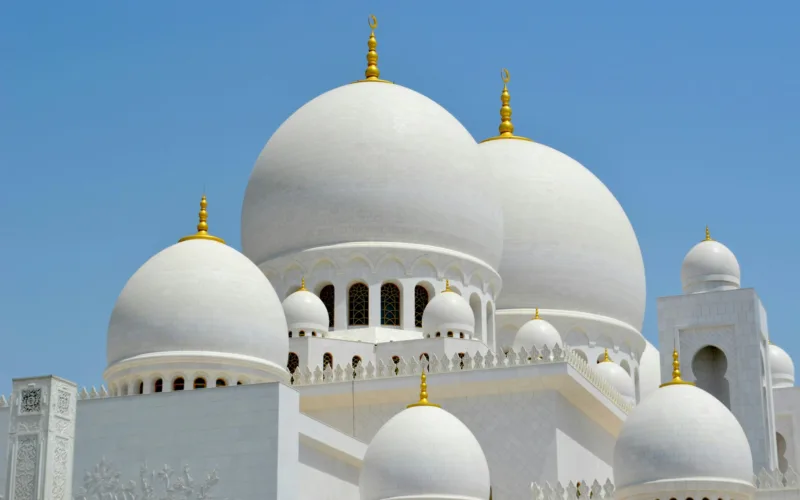
 WhatsApp Channel
WhatsApp Channel
 Instagram
Instagram
 Facebook
Facebook
 X (Twitter)
X (Twitter)
 Google News
Google News
We need more mosques!